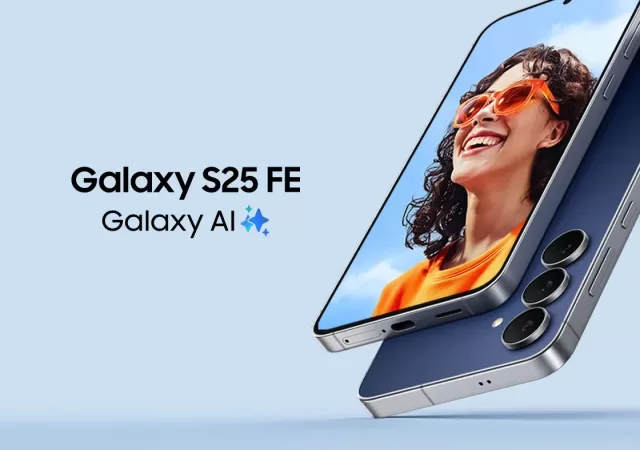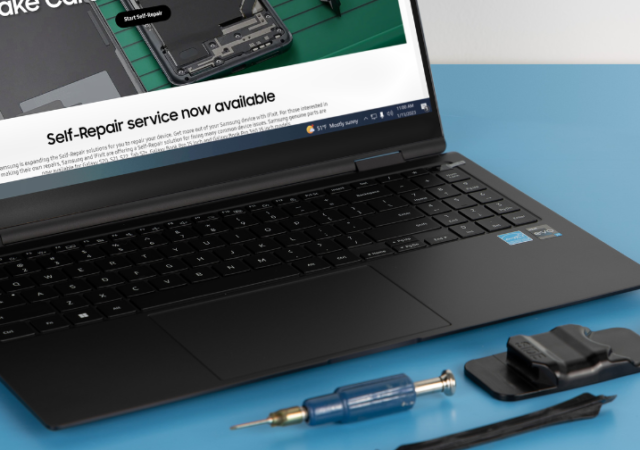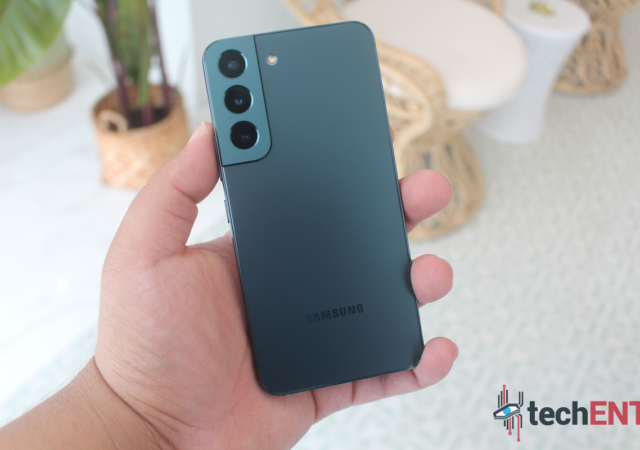Samsung’s next fan edition is around the corner. Here’s everything you need to know ahead of the launch of the Galaxy S25 FE.
[VIDEO] Samsung Galaxy S24 Series First Look
Samsung’s Galaxy S24 series is now available for pre-order! Get a first look at the new flagship series with all the Galaxy AI powered features!
The Fan Edition Returns with the Samsung Galaxy S23 FE
The Galaxy S23 FE is here – find out why this formidably advanced phone with 8GB of RAM has caught the attention of tech reviewers.
Now You Can Repair Your Samsung Galaxy S22 Smartphone by Yourself!
Samsung adds their Galaxy Book Pro and Galaxy S22 series devices in their self-repair program, genuine parts now available through iFixit.
Samsung Unveils New Galaxy S22 & Galaxy S22+
Samsung has just announced its new Galaxy S22 flagship series with new features, new technology and nightography.
Android 12 Based One UI 4.0 is Coming to Samsung Galaxy S21 Devices Near You
Samsung is starting to roll out their Android 12 based One UI 4.0 on the Samsung Galaxy S21 devices with more to follow in the coming months.
Samsung Malaysia Announces Pre-orders for Galaxy S20 series
Update (26 February 2020): Samsung Malaysia has officially extended their pre-orders until 1 March, 2020. Other than the extension there is no change to the terms and conditions of the pre-order. Samsung just unpacked their first flagship series of the…
The Korean Triple Threat is Back – The Samsung Galaxy S20 Line-Up Unpacks Today!
In the modern smartphone age today, there are a few launches that is always anticipated within the year. One of them is from Samsung early on in the year. This will be the Samsung Galaxy S line, for this year…










